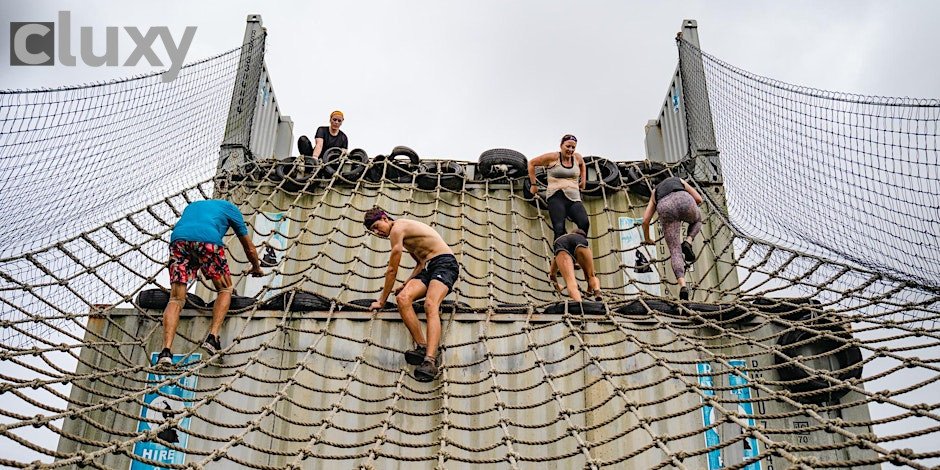By prioritizing accessibility and inclusivity, you demonstrate a commitment to diversity and make your event welcoming to everyone. Here’s a step-by-step guide to help you plan an inclusive and accessible event.
Understand Your Audience
To create an inclusive event, start by understanding the diverse needs of your audience. Consider the following:
- Demographics: Understand the age range, cultural backgrounds, and potential disabilities of your attendees.
- Special Requirements: Anticipate any special requirements attendees might have, such as dietary restrictions, mobility needs, or sensory sensitivities.
Choose an Accessible Venue
Selecting the right venue is crucial for accessibility. Ensure the venue meets the following criteria:
- Physical Accessibility: The venue should have ramps, elevators, and wide doorways to accommodate wheelchairs and other mobility aids. Restrooms should be accessible and equipped with handrails.
- Parking and Transportation: Provide accessible parking spaces near the entrance and ensure there are clear paths from parking areas to the venue. If public transportation is available, check that it’s accessible.
- Seating Arrangements: Offer flexible seating options to accommodate wheelchairs and other mobility aids. Reserve spaces for attendees who need them.
Plan Inclusive Communication
Effective communication is key to ensuring all attendees can engage with your event. Consider the following strategies:
- Sign Language Interpreters: Hire sign language interpreters for presentations and keynotes to assist attendees who are deaf or hard of hearing.
- Captioning Services: Provide real-time captioning for presentations and videos. This can benefit attendees with hearing impairments and those who prefer reading over listening.
- Accessible Materials: Ensure that all event materials, including handouts, schedules, and presentations, are available in accessible formats such as large print, Braille, and digital versions.
Consider Sensory Needs
Events can be overwhelming for attendees with sensory sensitivities. Here’s how to create a more comfortable environment:
- Quiet Spaces: Designate quiet spaces where attendees can take a break from the noise and activity of the event.
- Sensory-Friendly Areas: Offer areas with lower lighting and reduced noise for attendees who may need a calmer environment.
- Clear Signage: Use clear, easy-to-read signage throughout the venue to help attendees navigate the event without confusion.
Train Your Staff
Your event staff plays a critical role in creating an inclusive environment. Provide training on:
- Disability Awareness: Educate staff on different types of disabilities and appropriate ways to assist attendees with varying needs.
- Communication Skills: Train staff on how to communicate effectively with attendees who have hearing, visual, or cognitive impairments.
- Emergency Procedures: Ensure staff are aware of emergency procedures that consider the needs of attendees with disabilities.
Gather Feedback and Improve
After the event, gather feedback to understand what worked well and what needs improvement:
- Surveys: Distribute surveys to attendees, asking for their input on the accessibility and inclusivity of the event.
- Feedback Sessions: Hold feedback sessions with staff and volunteers to discuss their observations and suggestions.
- Continuous Improvement: Use the feedback to make continuous improvements to your event planning process, ensuring each event is more inclusive than the last.
Creating an inclusive and accessible event requires careful planning and consideration, but the rewards are immense. By making your event accessible to everyone, you not only demonstrate your commitment to diversity and inclusion but also ensure a richer, more engaging experience for all attendees. Utilize tools like event widgets to easily integrate your event information into your website, and send messages to attendees to keep them informed about accessibility features. Start planning your inclusive event today and make a positive impact on all who attend.

